Earlier this year, Andrew Whitehurst took us behind the scenes of the visual effects for Indiana Jones and the Dial of Destiny. Now, he’s back to share insights into his latest project, Blitz, and the challenges of crafting invisible visual effects.
How was the collaboration with Director Steve McQueen?
It was a very close and collaborative working relationship. Steve likes people to be coming up with ideas and creative solutions to inform his process. It’s part of my job to try and get into the head of the director so I can, hopefully, second guess what he would want ahead of showing him. Once I’d had the chance to talk with Steve about his vision for the film we were able to work together closely and to help guide the VFX houses in their work. Sometimes there were happy accidents. For example, Steve briefed me on one of the fully digital establishing shots and I produced some detailed previs. I thought I had fully understood and executed the brief, but when I showed it to Steve and asked if it was what he’d imagined, he said, “It’s not what I imagined at all, but I love it!”. So sometimes the unexpected is what’s wanted.
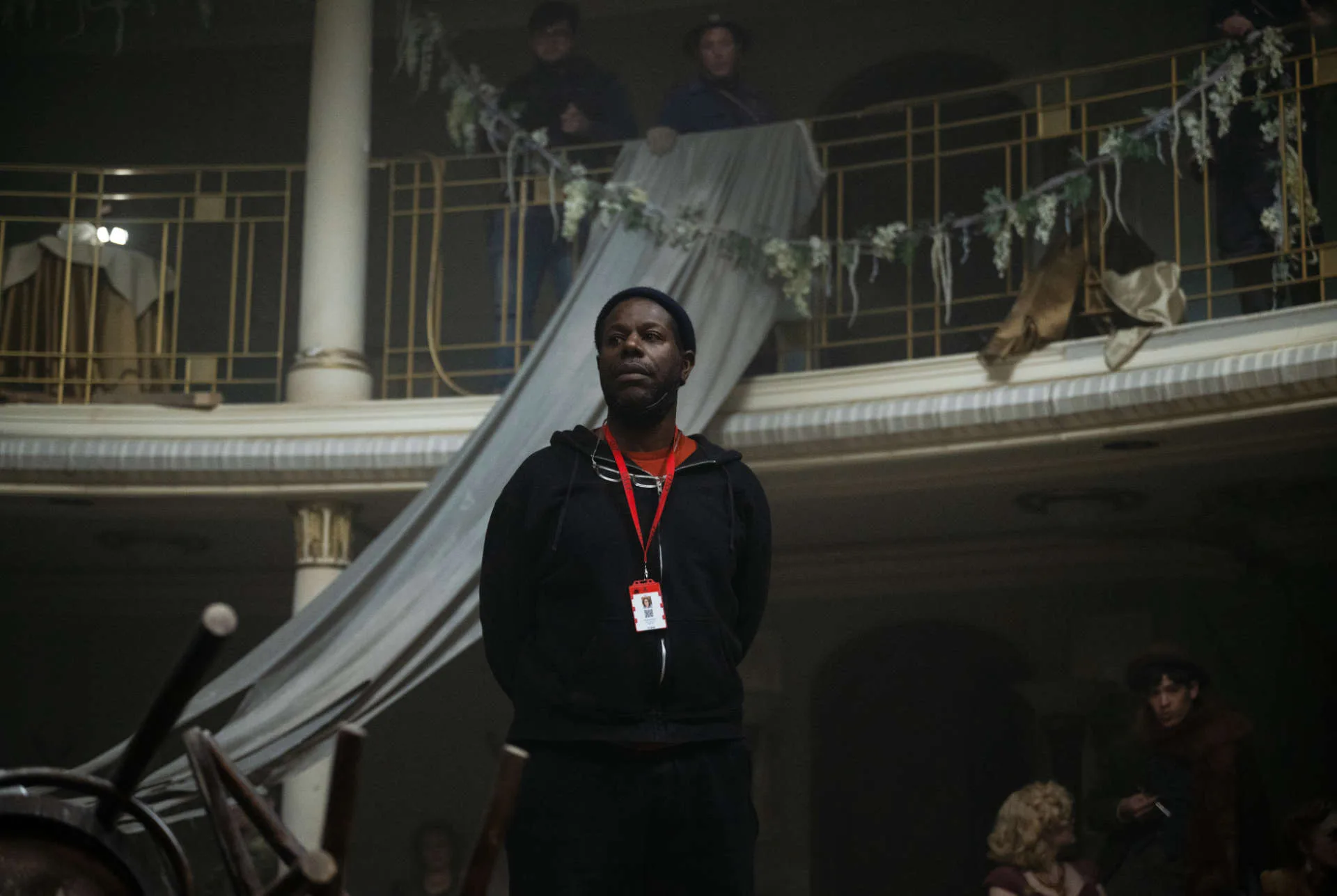
How did you organize the work with your VFX Producer?
It was a pretty clear delineation of work really. There was a lot of creative decision making to be done in post, which fell to me to work with the VFX houses and get the shots looking as Steve wanted, and that required a lot of production smarts and diligence to make sure we were sensible in the use of resources and that we would be able to deliver that work on time. We couldn’t have managed that without Sona.
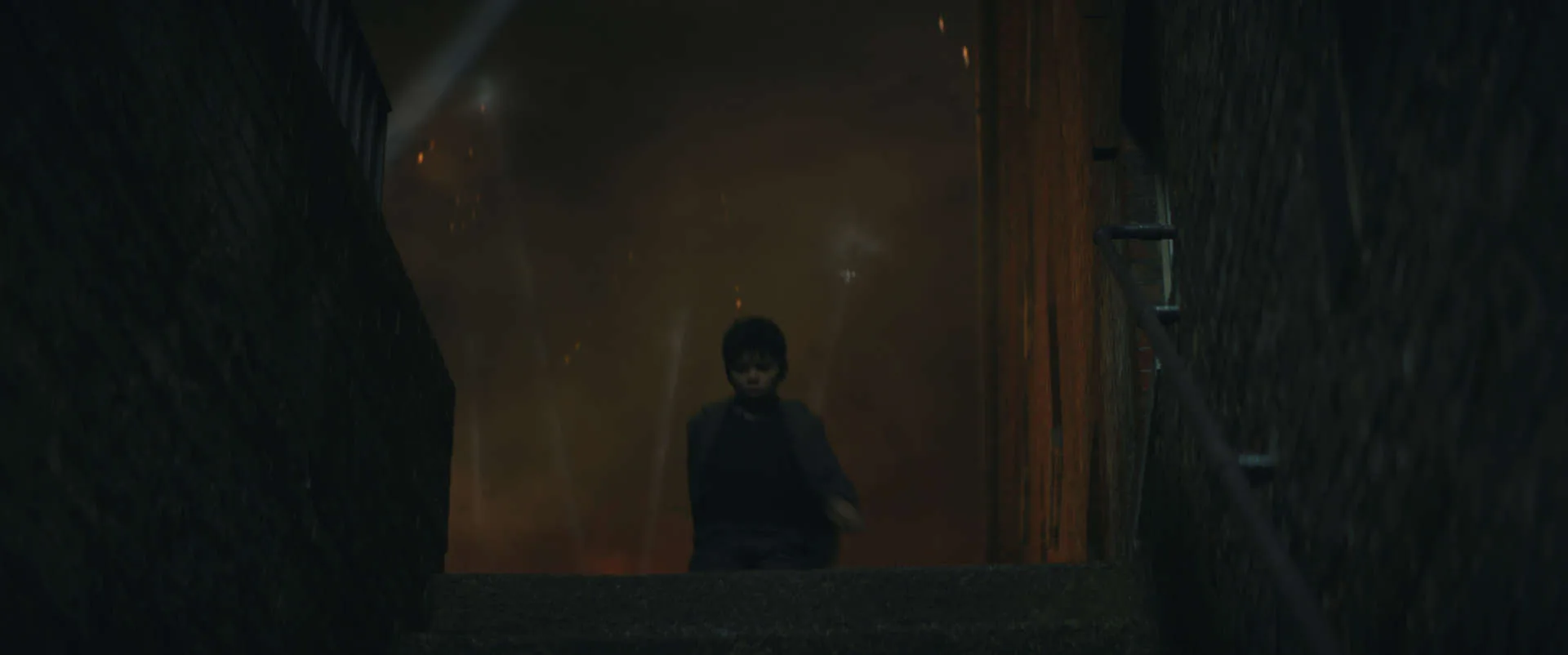
What is the your role on set and how do you work with other departments?
On set I will liaise with all the other departments to make sure that what we shoot will be usable in post. That means figuring our green screen placement with the grips, how the cameras and lenses are used and shooting plates and reference where needed, and how the lighting is going to complement the finished shot. It’s a lot of dialogue, and then also being able to quickly react when creative decisions change on the day.
How did you approach the challenge of recreating 1940s London with invisible visual effects?
Casting visual effects houses whose strengths are in creating richly detailed environments is essential as they have the workflow and aesthetic knowledge to make that kind of work sing. Cinesite, ILM and Raynault VFX did beautiful work. We began with a lot of historical research so we could establish what the city looked like in 1940, how the buildings were constructed (so we could do realistic damage to them) and what the levels of smoke and atmosphere were like: London was a much smokier and dirtier city than today, even before there was bomb damage to add.
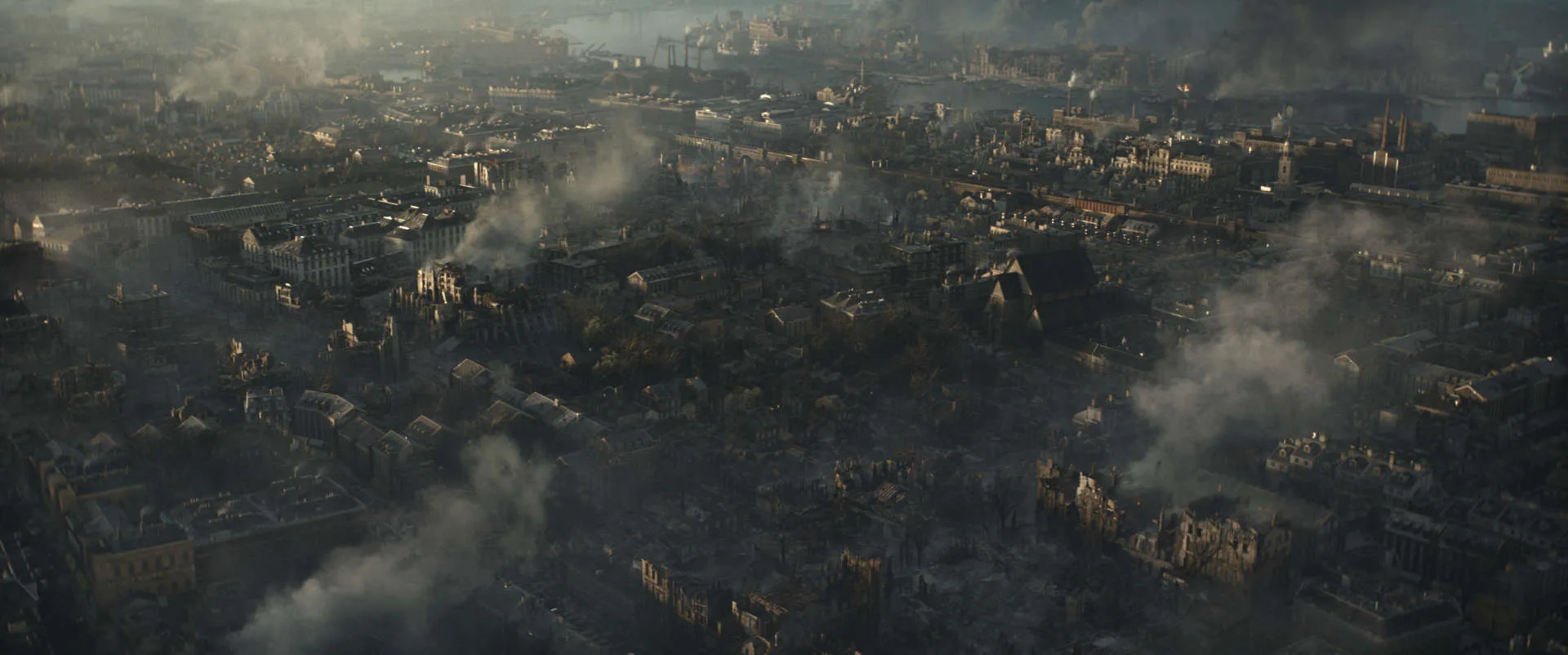
How do you balance historical accuracy with creative liberty in recreating London during WWII?
This is a really interesting part of the process. We would always start with historical reality as that establishes a ground truth that keeps us honest. Then we would look at what the emotional feeling of the moment was; reflective, angry, frightened etc. and look to see how we could adjust the lighting of the city, the amount of smoke and fire etc. to push the shot in the aesthetic and emotive direction we wanted without compromising the historical authenticity. For example the long aerial shot of the desolated city midway through the film was lit as if the sun was low so the buildings were mostly in shadow. This added a melancholic quality to the shot which would have been lost if we had used brighter and more direct sunlight. Doing a wedge test of different lighting directions can really help figure these things out.
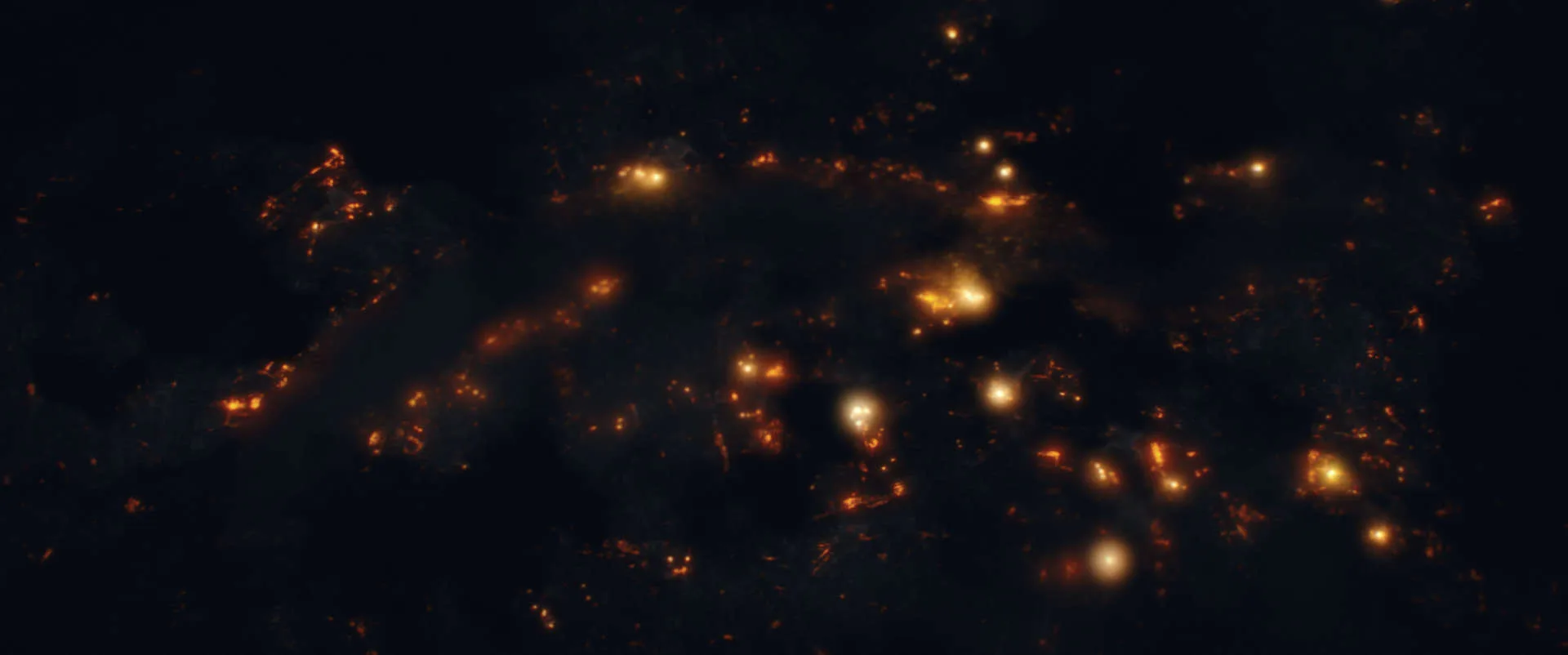
What were the main techniques used to depict the destruction caused by bombings in a realistic way?
We used the full range of digital VFX techniques to achieve the wider city. We were very fortunate that the production built large exterior set pieces of bombed out streets that we could scan and use as a basis to work from. Then, after looking at archival material, we were able to extrapolate what the additional buildings should look like and model them in CG, and dress in digital debris which provided enough fidelity to run the fluid simulations for the fire and smoke. Small details could be added with a paint pass to add extra texture and detail a the end.
How does creating invisible effects differ from more overt VFX work, such as creatures or explosions?
The tools and techniques are the same but the aesthetics are a little different. We are always looking for ways we can help make a shot more beautiful, or more impactful, but we are always asking “Does this tread on the drama?” as the performance is the most important thing in the frame. When creating the full CG shots, we are looking at the photography of the surrounding shots to match the camera movement style, lens choices and lighting decisions so our shot, hopefully, just feel like part of the fabric of the film.
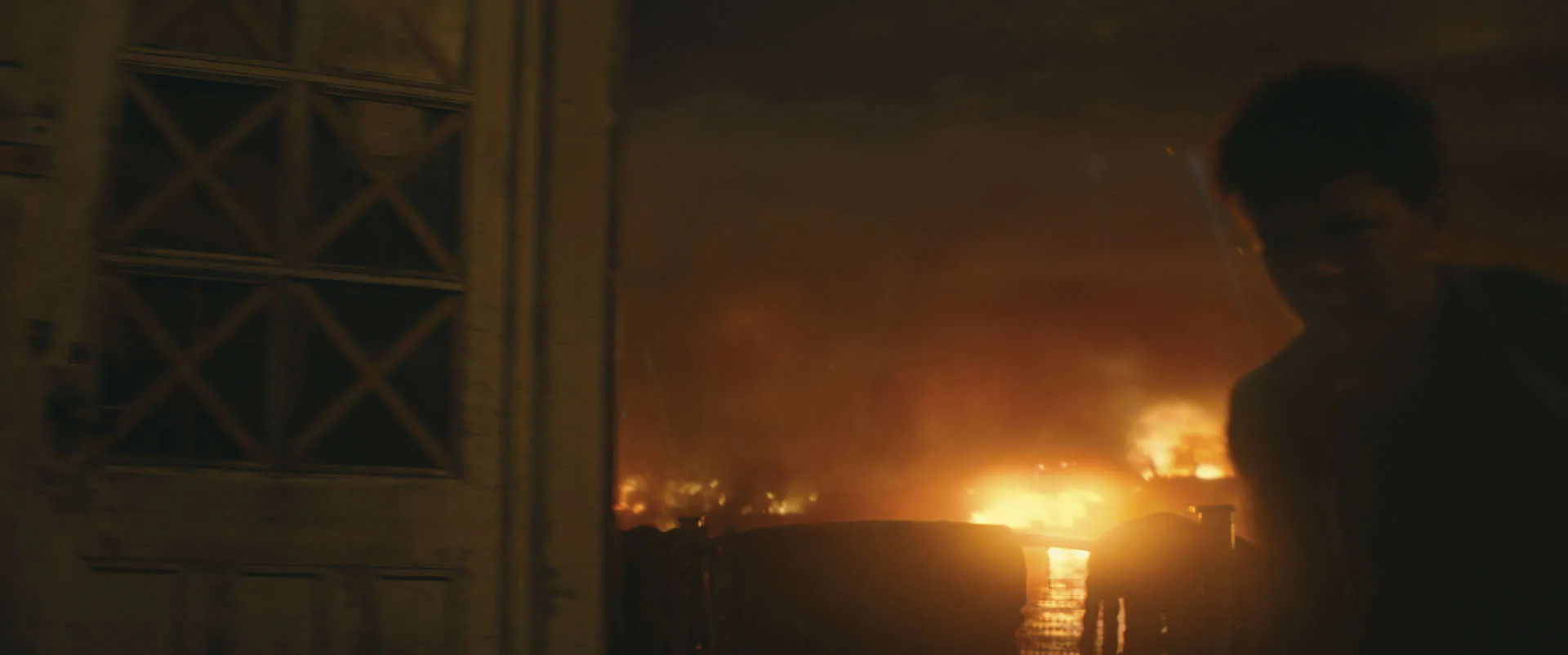
How did you simulate the dust, smoke, and debris of bombed-out buildings without overwhelming the viewer?
This is less of a question of technology and more of the aesthetic and creative sensibilities of the artists. They were brilliant at judging when dramatic was verging on too much, and backing off appropriately. It’s a delicate balance to achieve but the VFX crews managed it beautifully.
What challenges did you face when recreating the effects of bombings on people’s homes and historic landmarks?
The main challenge was to be respectful of the lived experience of the place and those who dwelt there. For example, there is a shot towards the end of the film where the camera cranes up and in the foreground is a recently bombed out house. The house on that site had really been bombed out in the Blitz and the area was subsequently cleaned up and the tattered end wall of the surviving house patched up. So we were essentially charged with recreating the darkest moment in that street’s history which felt like quite a responsibility, and we took that seriously.
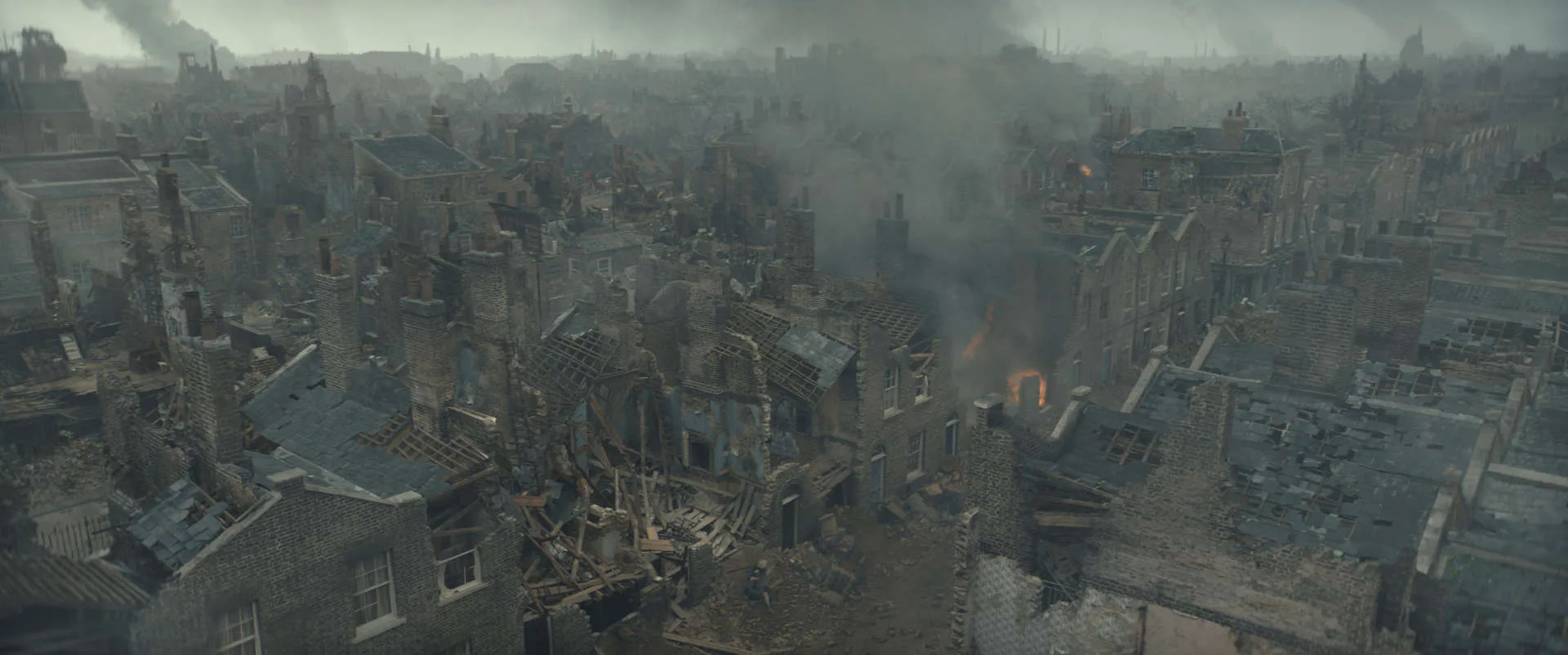
What details were essential in recreating a war-torn London that might go unnoticed but add authenticity?
As well as adding period correct details such as adding tape across windows in homes and businesses where needed, it was often what we removed that was key. For example internet junction boxes, skylights in roofs, and modern doorbells all had to go, and that made a massive difference. They are things that in our day to day life are so ubiquitous that we just filter them out, but once they’re gone, the sparser look of the buildings becomes very noticeable.
Can you describe how lighting and shadow were used to enhance the realism of the war scenes?
Our approach to lighting wasn’t really driven by chasing realism; the look of the film was not stylised so our lighting had to be naturalistic anyway. We did use light and shade to enhance the emotion of a shot, whether by keeping buildings under cloud cover shadow to make the mood bleaker or by adding little patches of sun to contrast with that shade. It was judged on a sequence by sequence basis to maximise the dramatic impact of each shot.
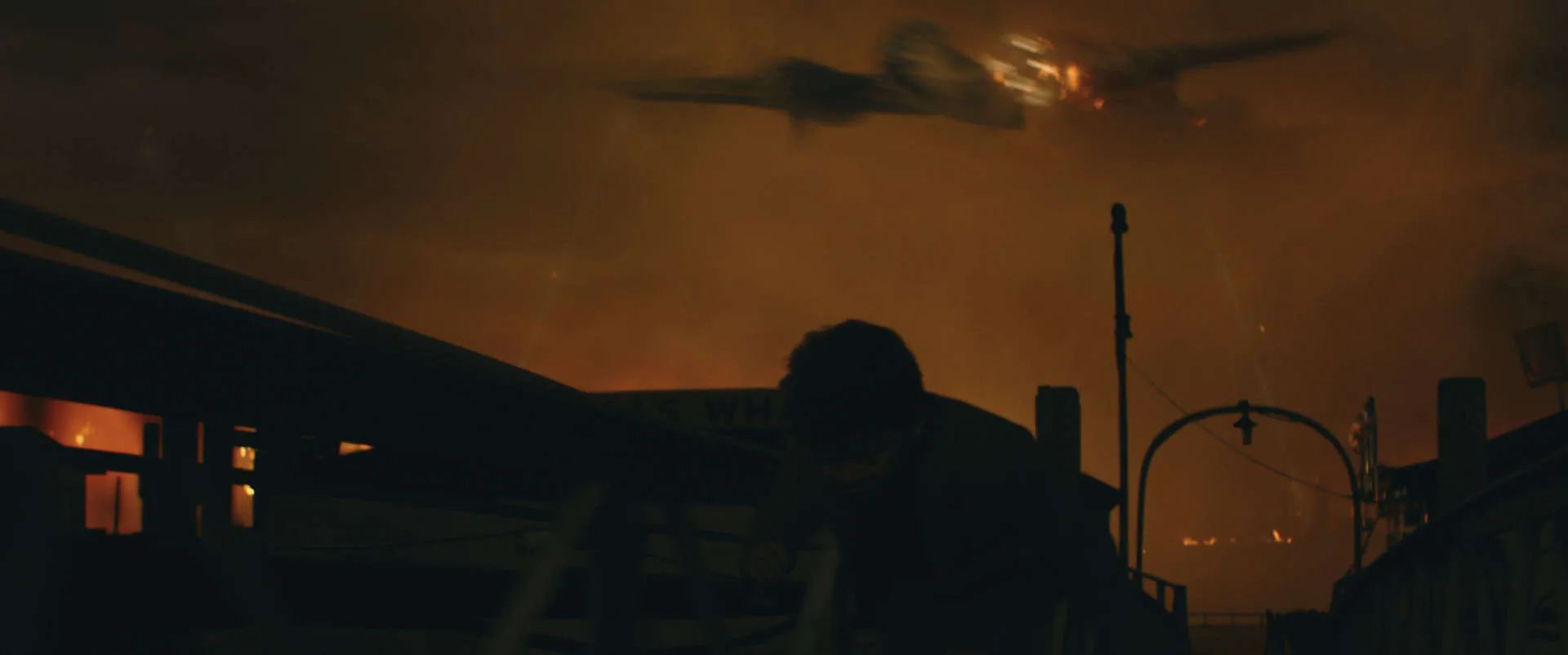
What were the key emotional tones you wanted to achieve with these visual effects, and how did they influence your creative process?
The film has many phases, from the chaos and violence of the opening scene with the firefighters struggling to contain the burning buildings, to long haunting aerial shots of the aftermath of the bombing. We also had occasional moments of joy, such as the children riding on the train roof. Each of these moments required the visual effects to enhance the emotion established by the lighting and production design. It was certainly a case when reviewing shots to look at the frame and ask what the desired emotion was and whether there was anything more we could do to enhance that. Would adding a bit more smoke in the background help to suggest the loss a character feels at the destruction surrounding them? Questions like that were always being asked.
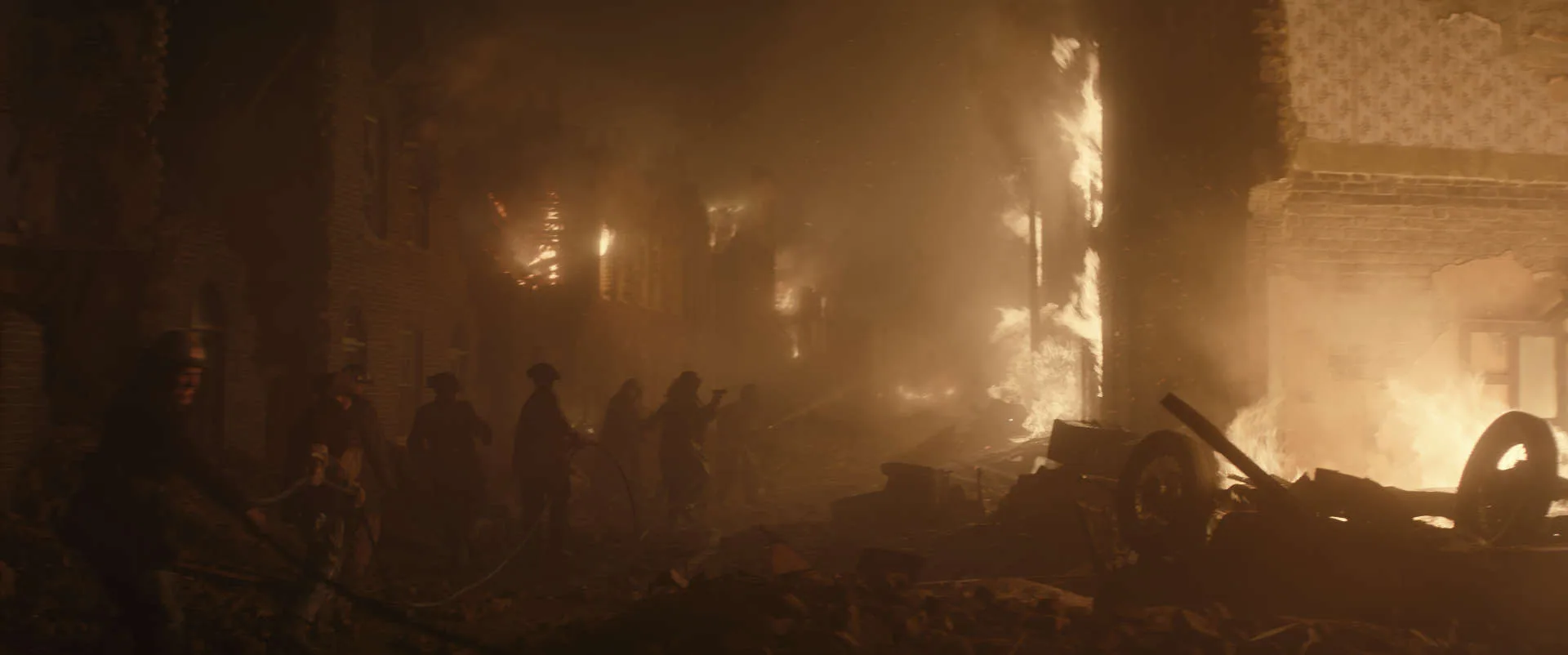
Looking back on the project, what aspects of the visual effects are you most proud of?
I am so proud of the recreation of London. It became a character in its own right with moods and emotions of its own. I think the way visual effects combined with special effects and production design to achieve that was really effective and it created a credible and visually engaging world for the characters to inhabit. It really was a case of all the departments pulling together to realise a cohesive vision. Steve’s unerring eye was key to all of this.
A big thanks for your time.
WANT TO KNOW MORE?
Cinesite: Dedicated page about Blitz on Cinesite website.
© Vincent Frei – The Art of VFX – 2024




